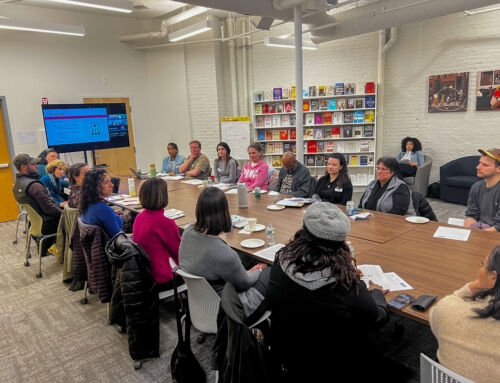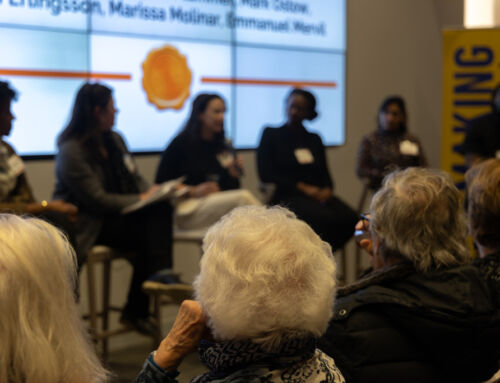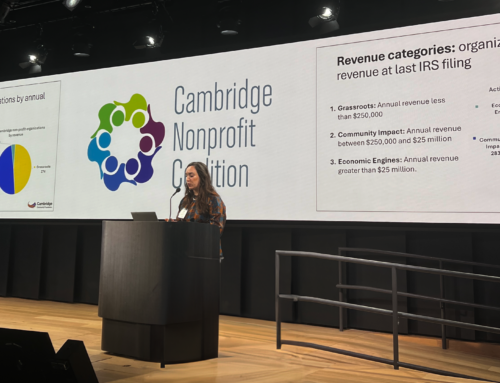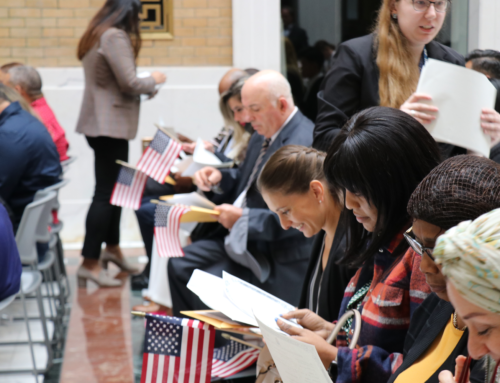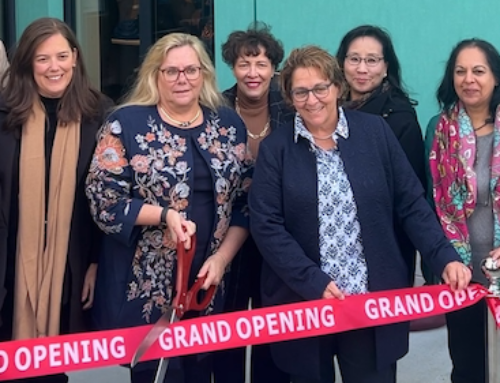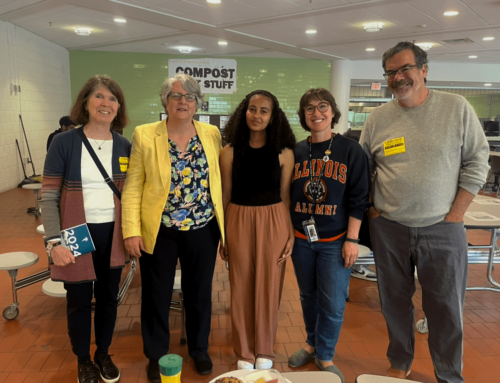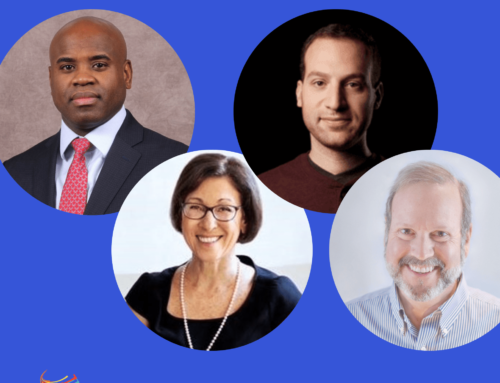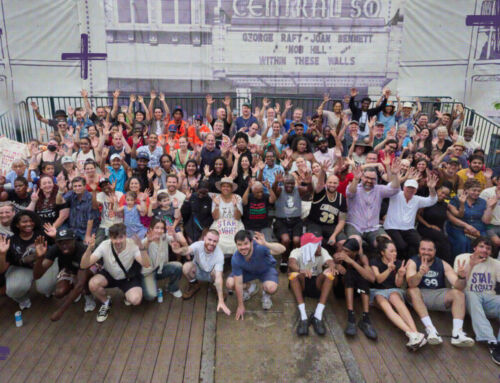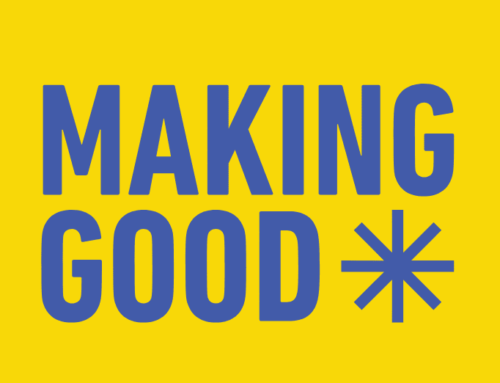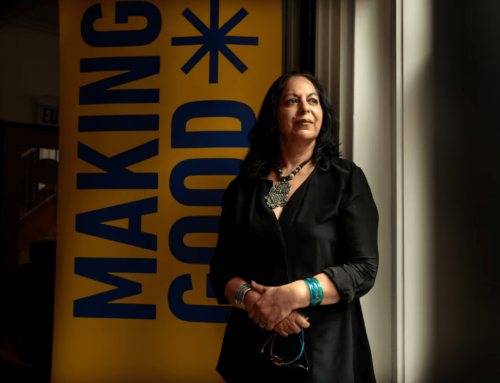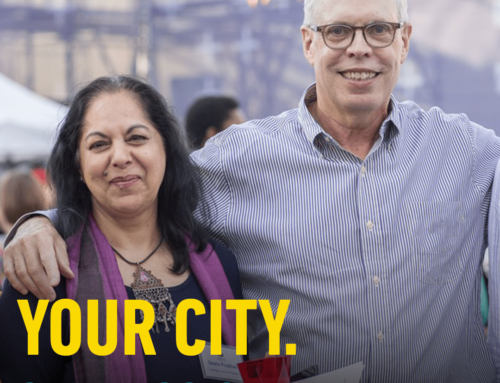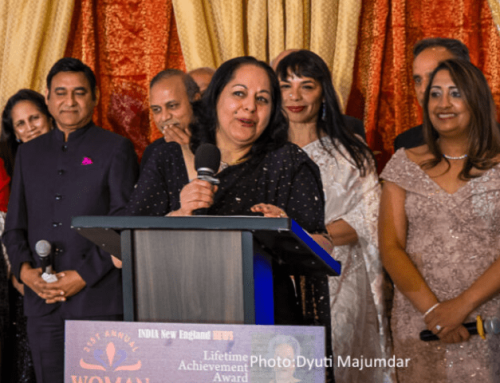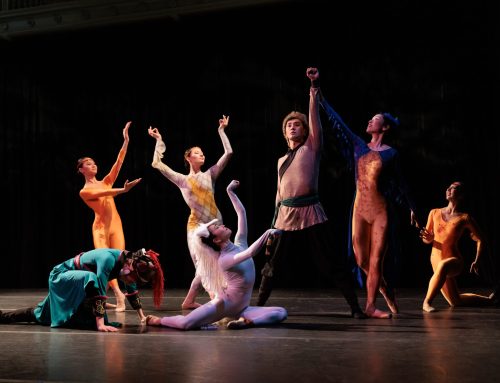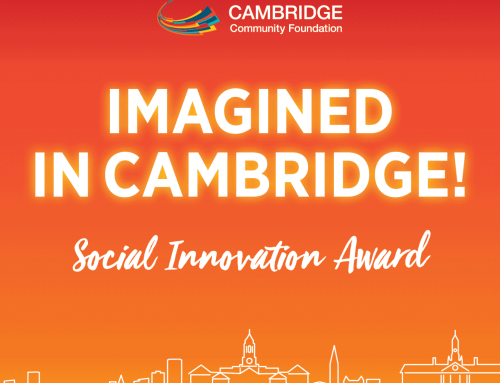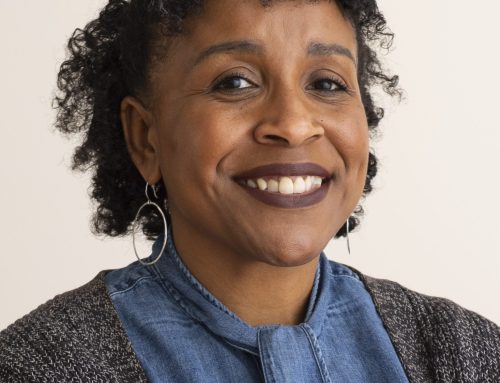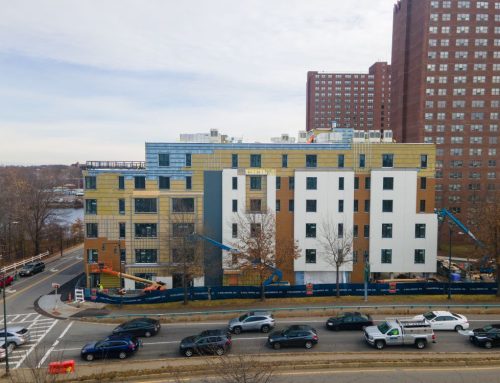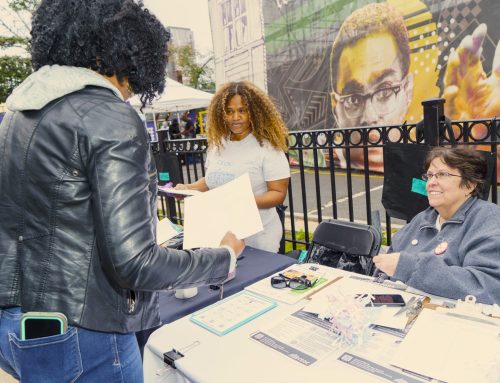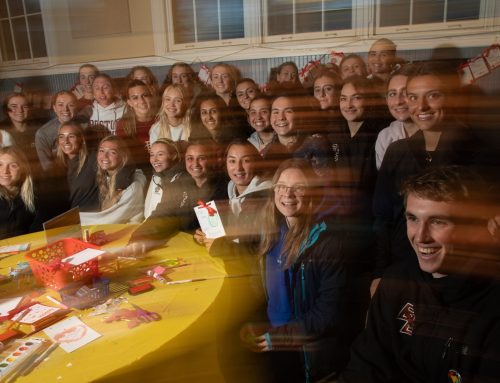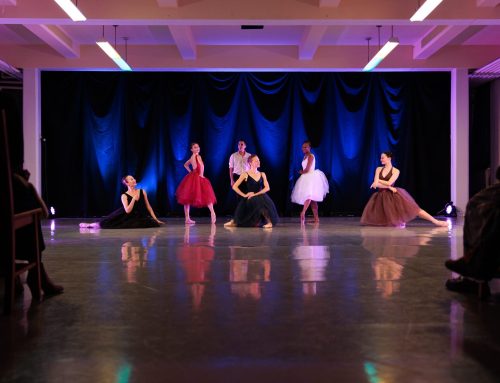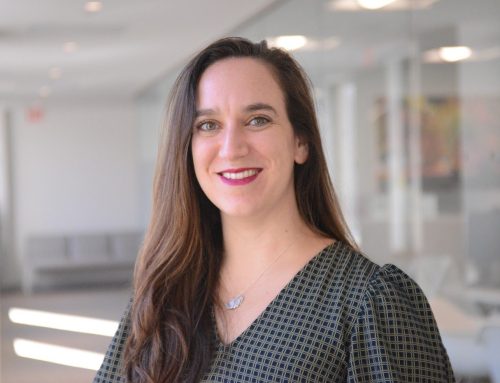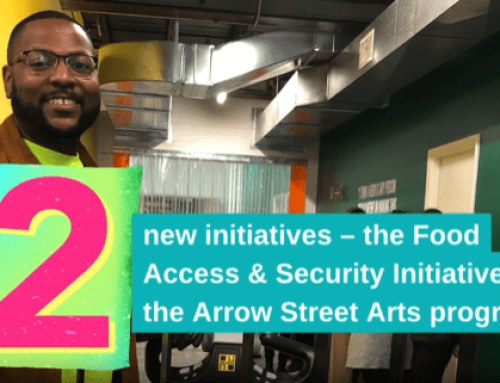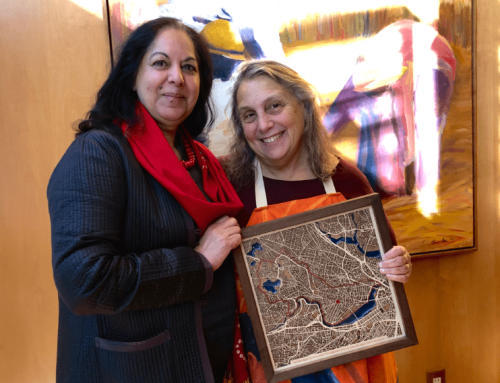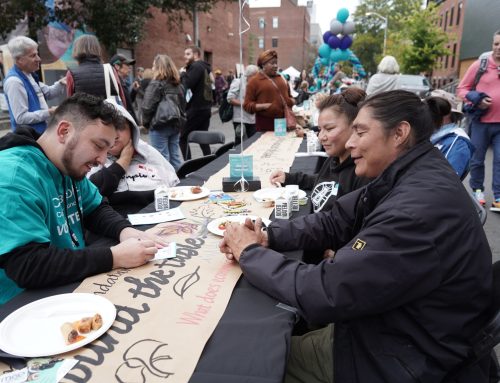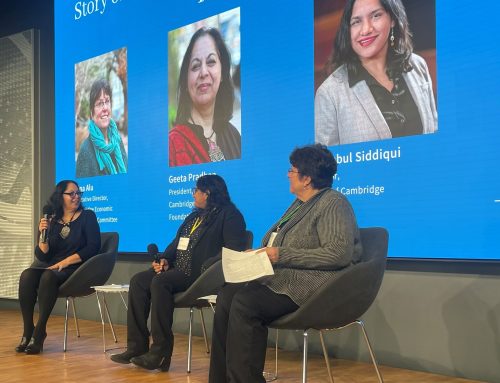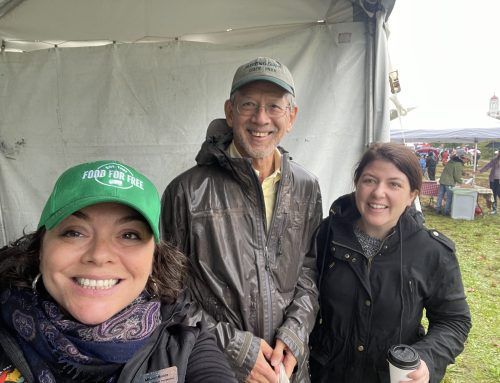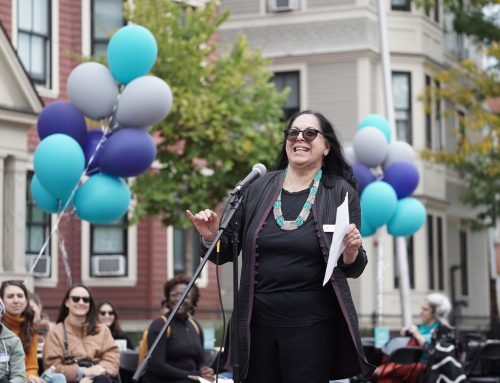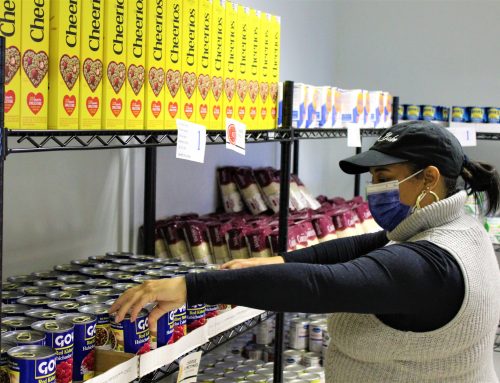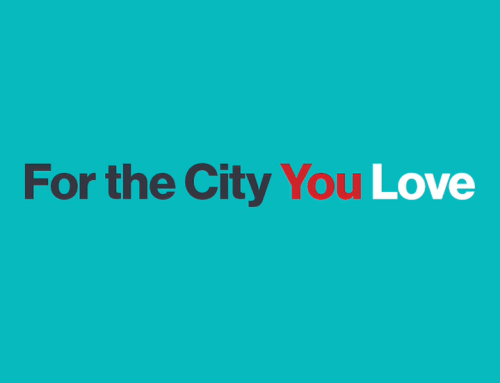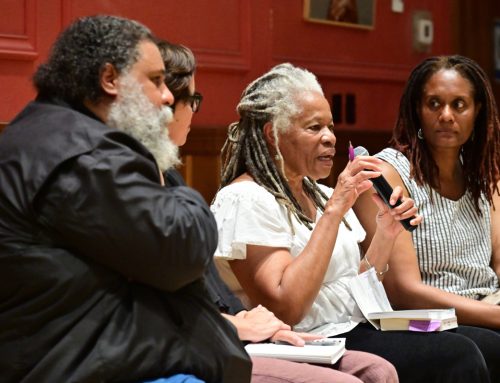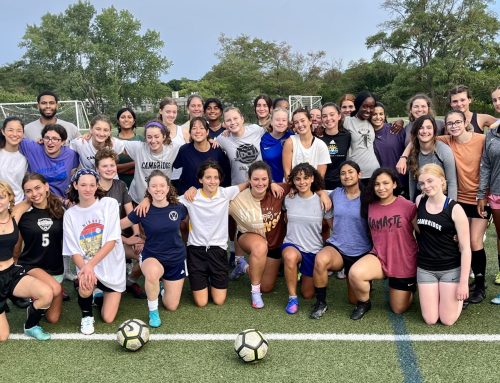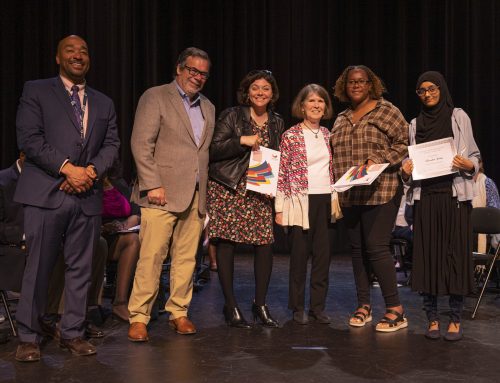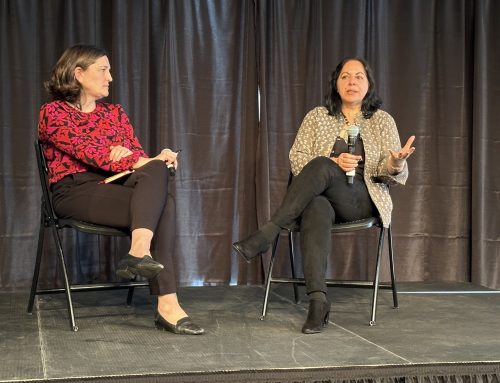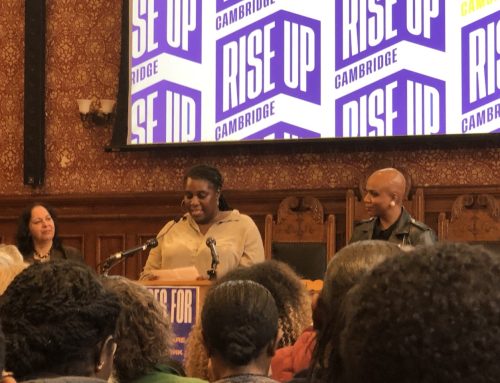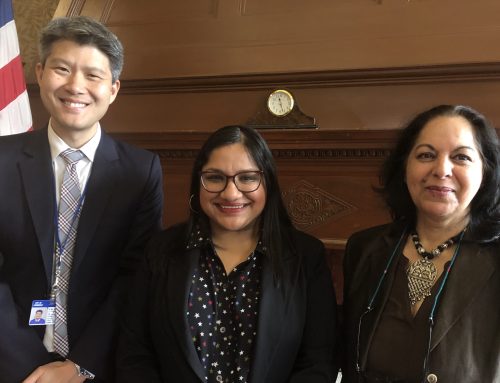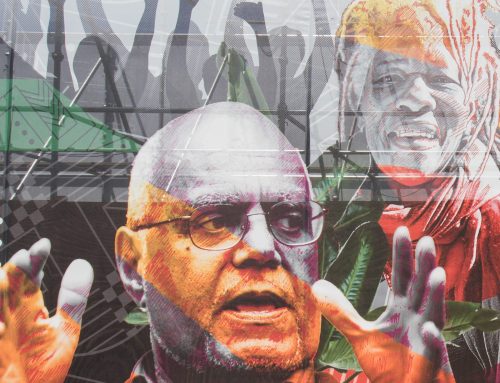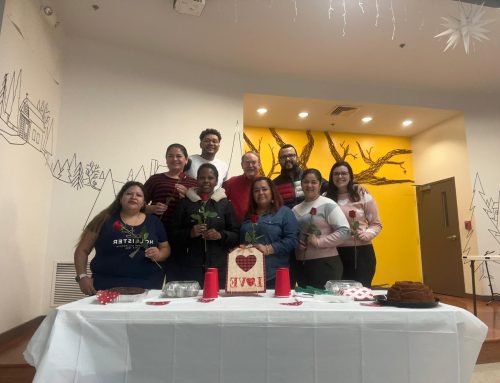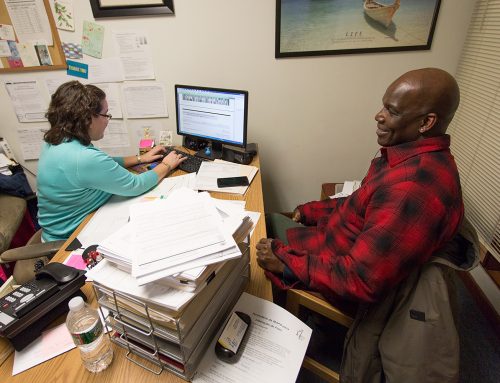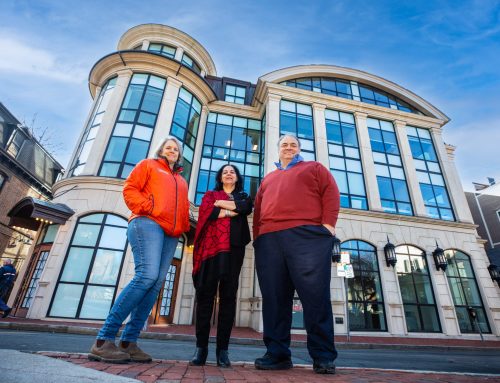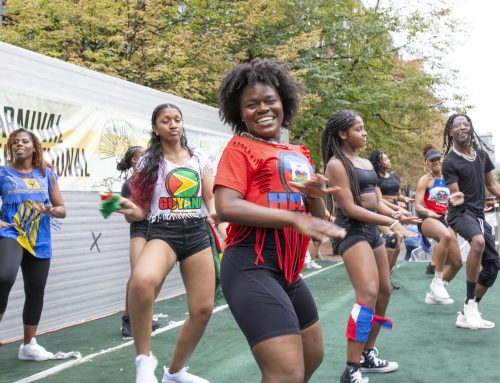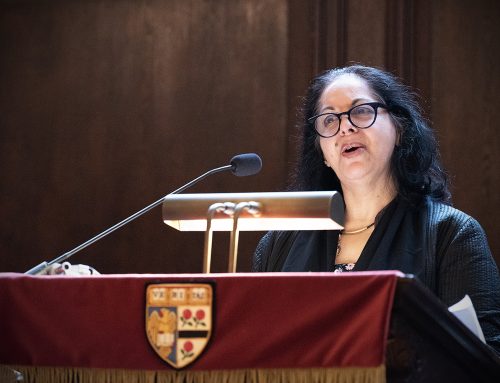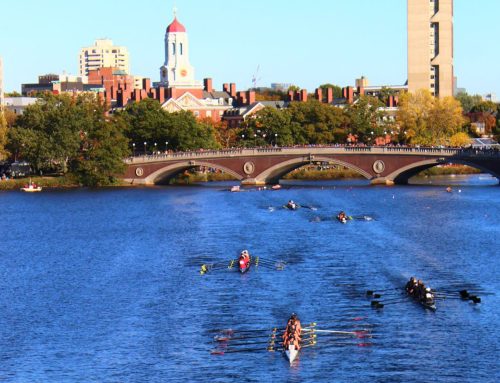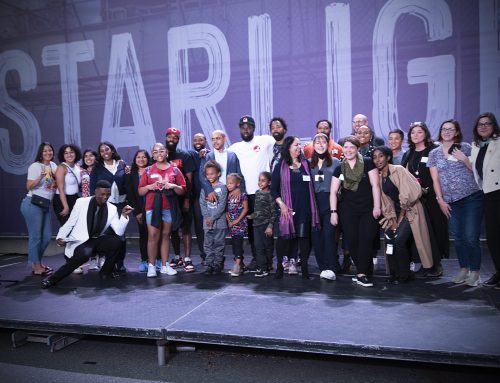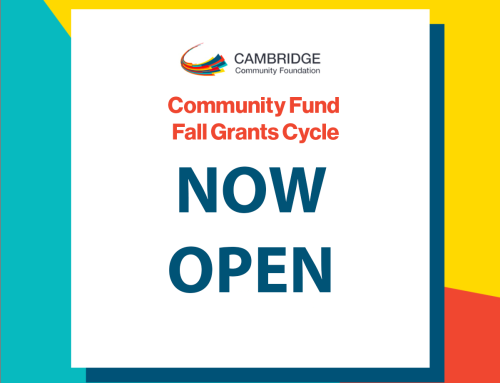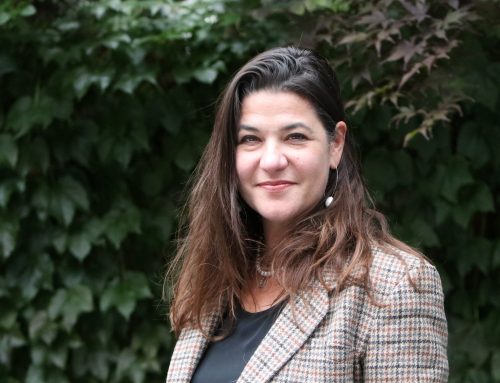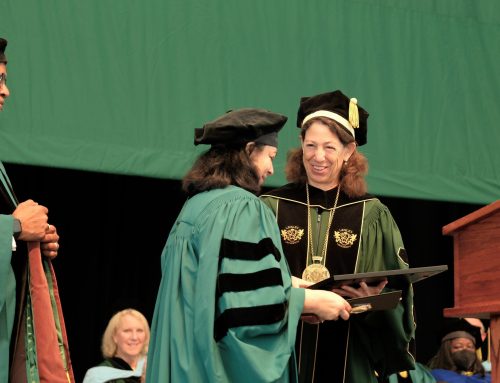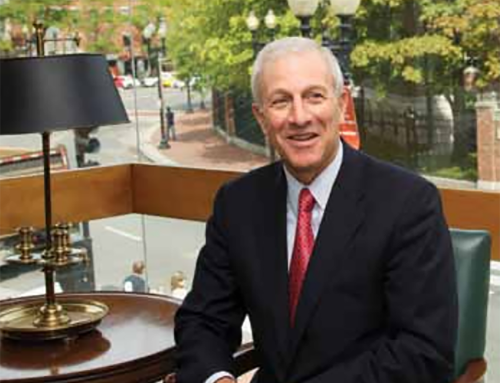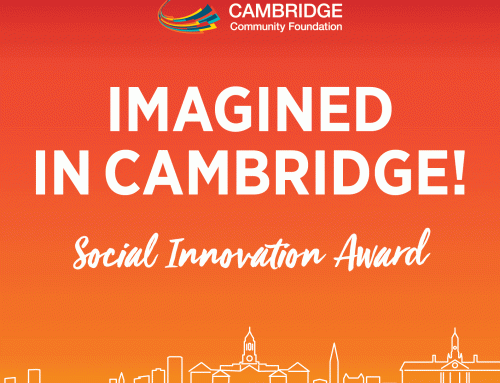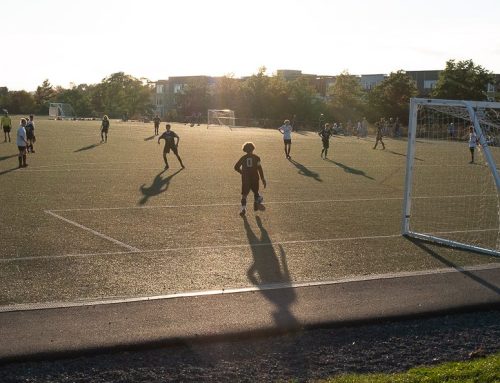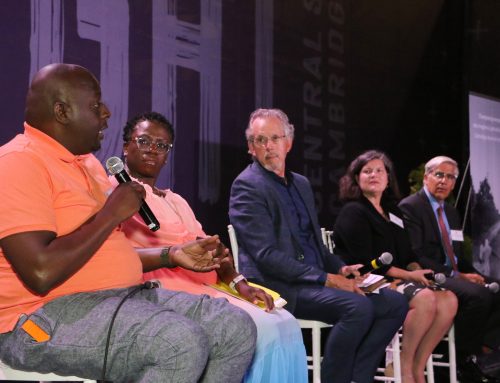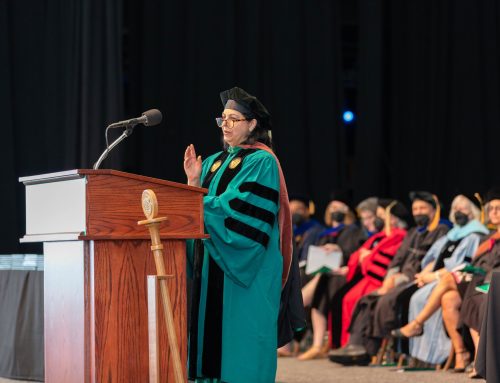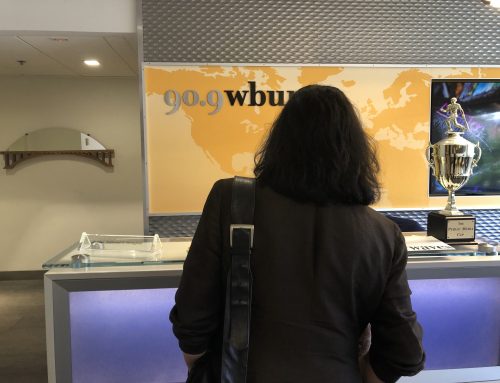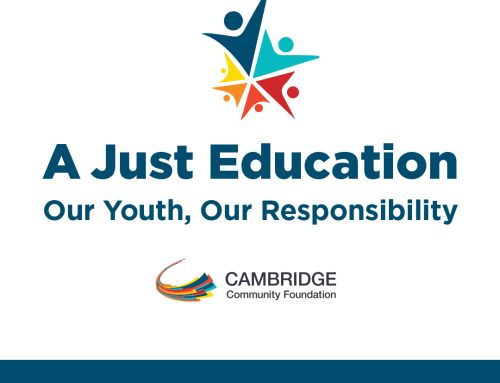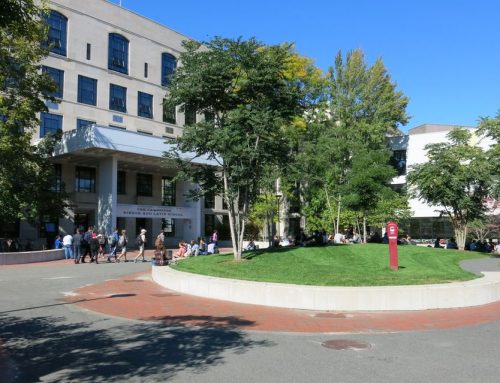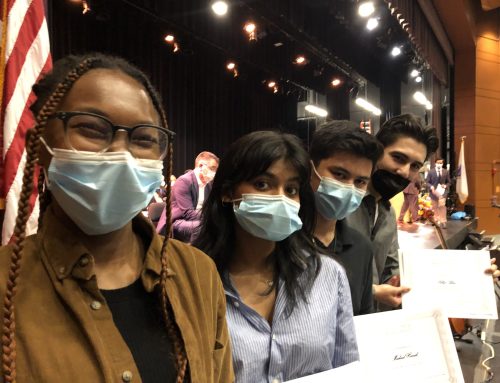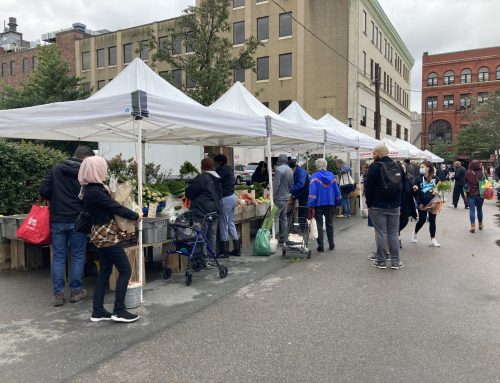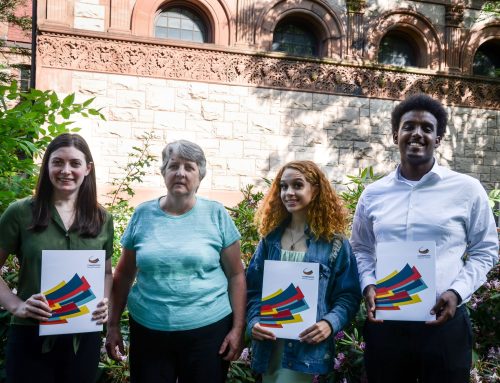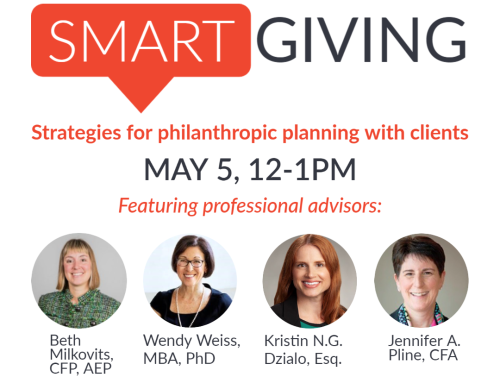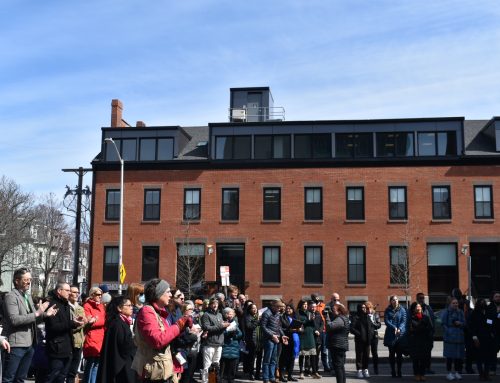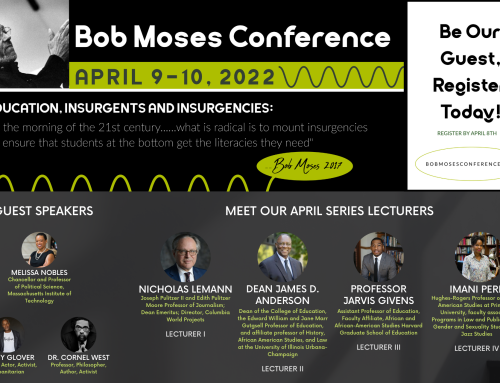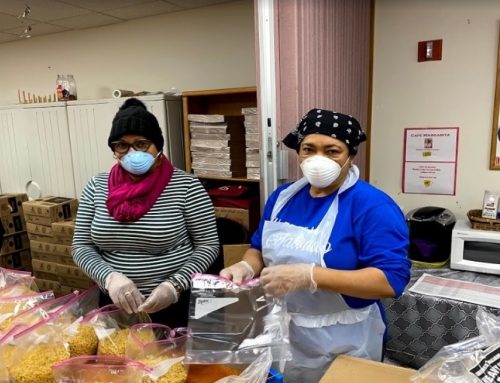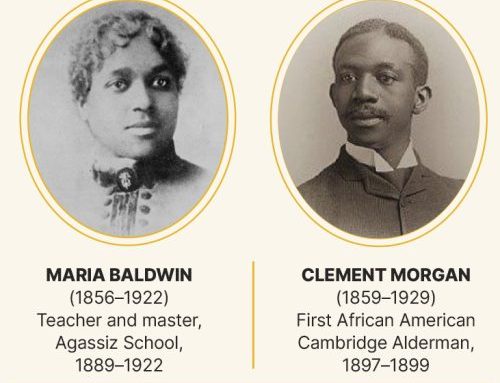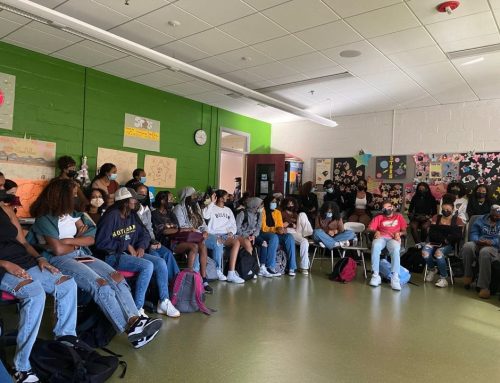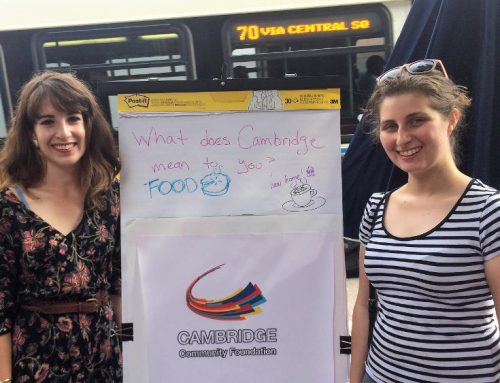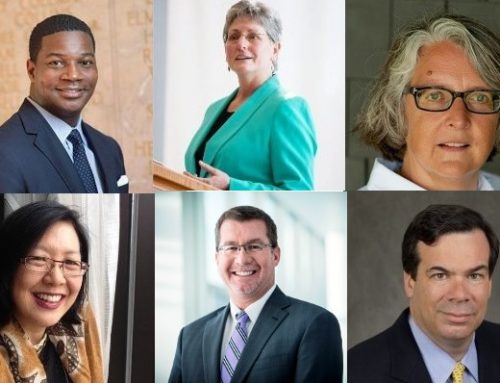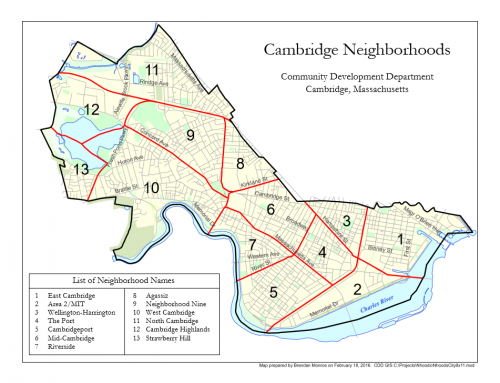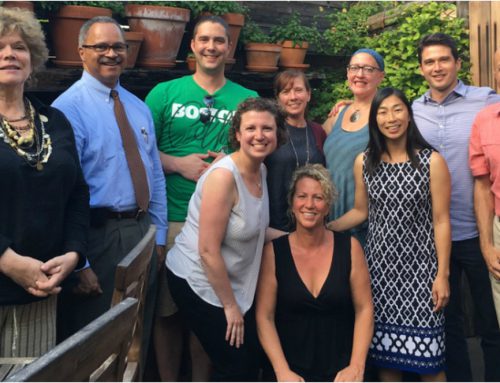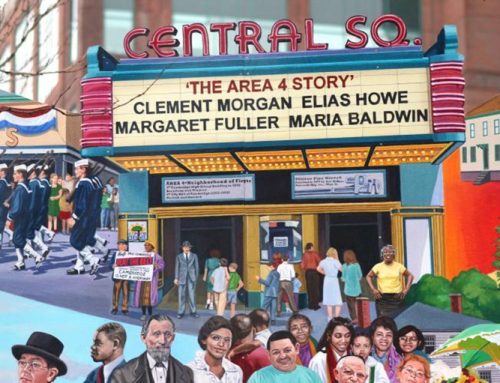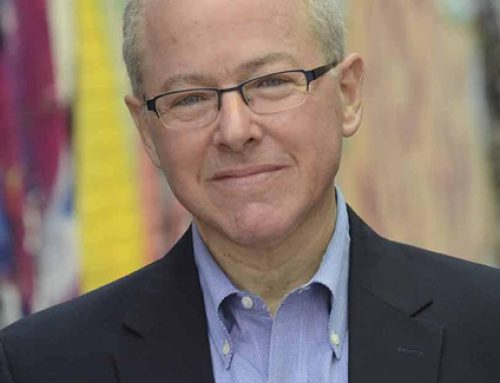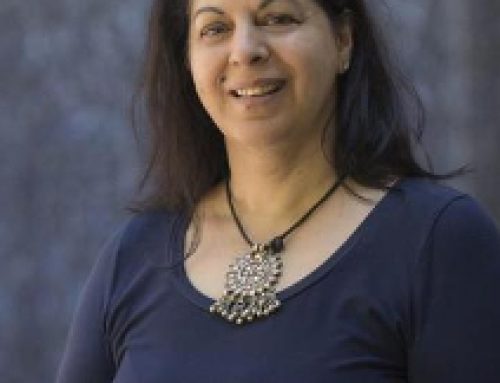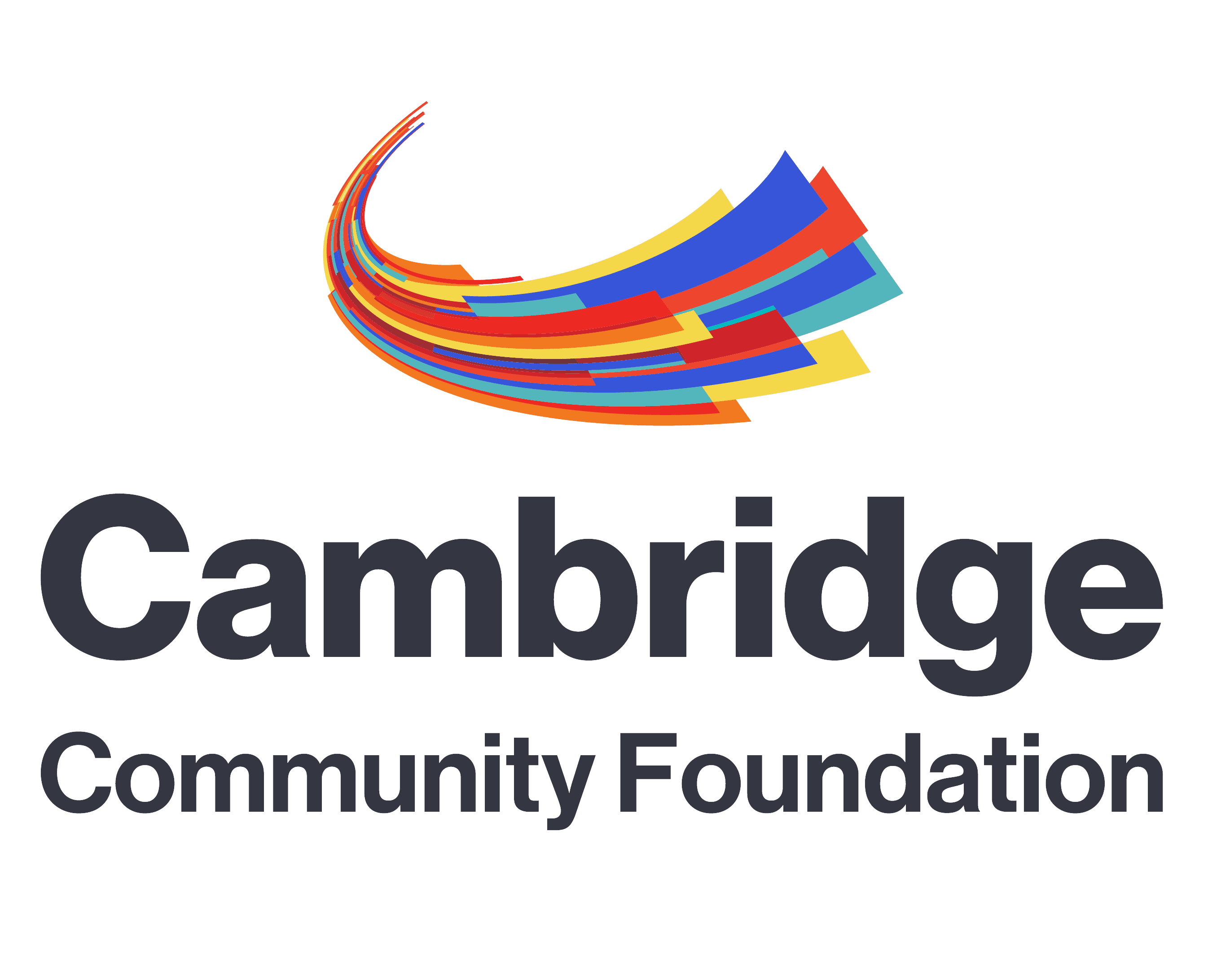Boomtown/Hometown Report Press Release
Can Cambridge retain its culture of diversity and opportunity in a dynamic innovation economy?
Foundation calls for an agenda for ‘Shared Prosperity’
March 1 2017
A new report by Cambridge Community Foundation charts the impact of trends in housing, education and income disparity that threaten the city’s prized culture of diversity and inclusion, even as its enviable role in a regional innovation economy drives soaring levels of prosperity. A review of relevant data raises questions about whether this growth actually benefits city residents–or whether a growing financial disconnect means many residents can no longer afford the city they live in.
Fully 78 percent of current low-income households in Cambridge are “cost burdened,” spending more than 30 percent of their income on housing. Over half spend over 50 percent of total income on housing. They qualify as “severely cost burdened.”
In 2015, Just 4 percent of the city’s rental housing stock was affordable for a family with two workers earning $75,000 a year in total – in a community with a median annual household income of just over $79,000. The cost of buying a home is inevitably further out of reach: just 2 percent of single-family homes and 9 percent of condominiums are affordable for a family earning $75,000 a year total.
Closely related to the housing situation is a growing income gap as the city moves toward a divide between rich and poor with those in the middle squeezed out. One consequence: the number of low- and middle- income residents in the city has declined in recent years while high–income residents have dramatically increased as a proportion of the whole.
The report, titled Boomtown/Hometown: What the Numbers Say about Income, Housing and Education in Cambridge Today, was developed with data contributions from the city and from the Metropolitan Area Planning Council. It identifies a serious threat to a tradition of cohesiveness and inclusivity, signatures of this small city with its long history as a global education center, immigrant destination and creative industrial sparkplug.
“Strong economic growth is a powerful force for good, but the data raises a basic question: who benefits in the long run from this growth?” said Geeta Pradhan, president of Cambridge Community Foundation. “In the best outcome, it is Cambridge residents who benefit, today and in the future.”
- Among the findings in the report:
Despite the city’s collective wealth, poverty is real and growing: in 2015, 15 percent of residents under age 18 (2,000 children and youth) lived in poverty, as did over 32 percent of female single parents, an increase of more than 8 percentage points just since 2010. - Meanwhile, nearly 1,000 working households in Cambridge report an annual income of more than $500,000, while nearly 5,000 households bring in less than $40,000, in a city where the median rent for a three-bedroom apartment was $3,400 a month in 2014.
- As these economic issues have emerged, a trend in education describes just who is at risk of being left out of Cambridge’s dynamic innovation economy. Achievement gaps in math and science, essential skills in a hot job market, show a sharp and growing divide defined by race.
- By third grade, black and Latino students already lag behind their white and Asian peers by more than 20 percentage points in the likelihood be being rated as advanced or proficient; fifth-grade science scores measured by standard tests show a discrepancy of nearly 50 percentage points between white and black students in the likelihood of being rated advanced or proficient.
- The gaps persist: in eighth grade a black student in Cambridge is 49 percentage points less likely than a white student to test proficient or advanced in science. That gap is significantly worse than the statewide eighth-grade science gap between black and white students.
The power of an innovation economy
Signs of a growing “equity gap” come at a time when Cambridge can boast a vibrant and successful urban culture with powerful appeal as a place to live and work. Once known as a manufacturing center producing glass, rubber products and candy, the city has been transformed in recent decades with leaders of a new industrial age—Biogen, Novartis, Google, Microsoft and Akamai among others—anchoring a red-hot market generating more than 116,000 jobs, including tens of thousands in Kendall Square alone.
Two of the top 20 zip codes for venture capital investment in the United States are located in Cambridge – 02139 and 02142. These two neighborhoods alone reaped almost $700 million in venture capital in 2013. It may be only the fifth largest city in Massachusetts by population, but there is no question it is a vital engine for a state economy that was ranked number one nationwide by a Bloomberg survey in 2016.
One striking example of the power of the city as a source of growth: a single incubator – the Cambridge Innovation Center (CIC) – hosts more than 1,000 companies in 50,000 square meters of premium office and co-working space. Companies nurtured at CIC have raised more than $2.7 billion in venture capital.
A tradition of high civic standards
Throughout its long history, Cambridge has been prized for a high quality of life and a culture of progressive inclusion – as well as a Triple-A Bond rating. Recently rated “the most liberal city” in a liberal state, the city often referred to as The People’s Republic of Cambridge boasts more than 500 registered public charities. These range from academic and research centers to the arts and organizations addressing basic needs, such as hunger, homelessness and literacy.
The city has addressed growing need with an ambitious investment in affordable housing – fully 15 percent of the city’s housing stock is included in low-income or mixed income developments eligible for the state’s Subsidized Housing Inventory.
And symbols of civic investment include a gleaming public library. Drawing more than 2,000 people a day, it serves a community with a deep commitment to learning and to opportunity. Job seekers come to update their resumes, and English language learners take classes offered to a city that remains an immigrant destination, with 64 languages spoken in local schools.
Those schools express the commitment to opportunity as well as the persistent gaps that continue to widen. Currently, the city invests $27,000 per student per year, the second highest rate among Massachusetts communities and almost double the state average of $14,500.
The big squeeze
Meanwhile, the impact of a substantially cost-burdened population can be devastating. This means fewer dollars for healthcare, education, saving for retirement and security against unanticipated economic loss. A simple event such as a car breakdown or sudden illness can impose a devastating financial shock to these seemingly stable, middle class residents.
And the long-term impact of the racial disparities in early school achievement is echoed in rates of home ownership. Fully 43 percent of non-Latino whites in Cambridge own their own homes. By comparison, 18 percent of black residents and only 13.2 percent of Latinos own their homes. More than an important form of security against economic misfortune, home ownership is a major source of wealth accumulation for Americans – and a predictor of college completion. Gaps in household wealth make it just that much harder for black and Latino residents to close the college completion gap – a key pathway to economic opportunity in the 21st century economy.
Data underscores this growing divide in measures of success in higher education. Only 29 percent of Cambridge’s black ninth graders move without interruption to a college degree within six years of completing high school. The numbers are even lower for Latino students: only 14 percent will earn degrees. In contrast, 35 percent of their Asian peers and 38 percent of white peers will complete a degree within six years.
Two roads forward
Cambridge stands as a model of urban success and economic dynamism. With jobs to spare in the knowledge economy Cambridge is attractive to young educated workers and a booming economy expands prospects for the city’s high income population.
Yet the future is clouded for the city’s black and Latino children. Gaps in education frustrate their very ability to partake in the economy they see reflected in the glittering towers in Kendall Square – even as that growth drives housing costs that burden their families, an unintended consequence of a dynamic economy.
Cambridge has grappled successfully with challenges throughout its long history. If there is a way to build an inclusive 21st-century community that embraces the ideal of shared prosperity, many local residents express confidence that Cambridge is the place it will happen.
Cambridge Community Foundation is one of the oldest community foundations in the country. The only foundation with the whole city of Cambridge in its purview, it is a key supporter of nonprofit organizations, distributing $1.3 million in grants in 2015 to meet local needs and support the aspirations of Cambridge residents. The Foundation provides leadership support and funding to respond to urgent local challenges. It partners with donors to provide a permanent source of charitable funds for the community.

